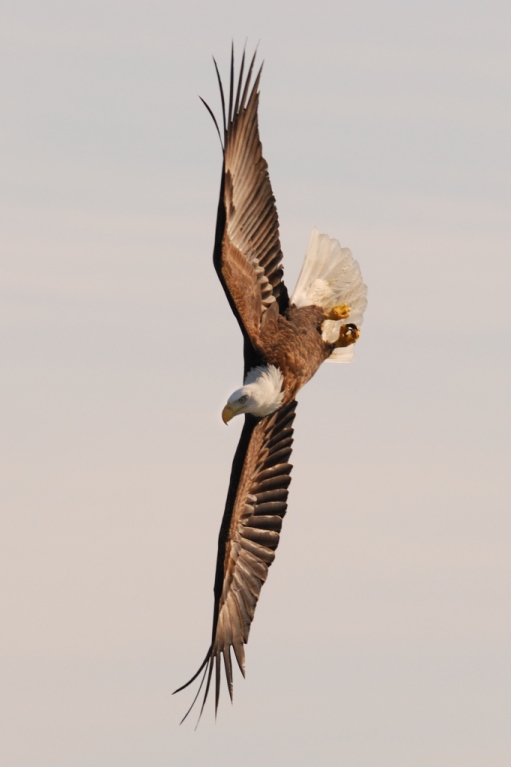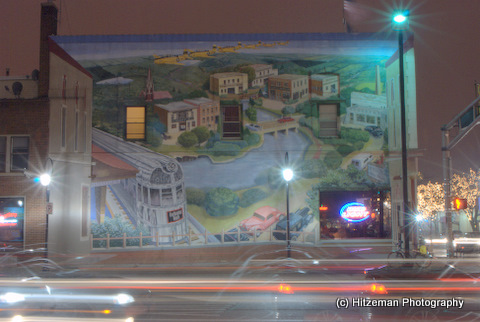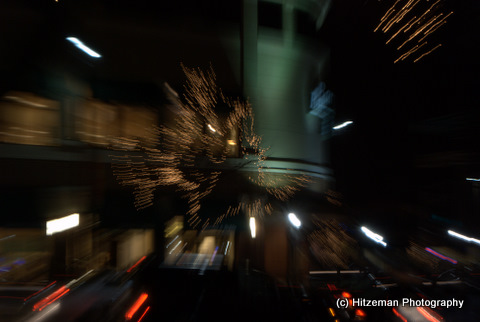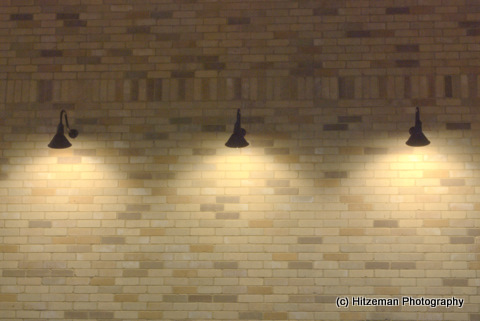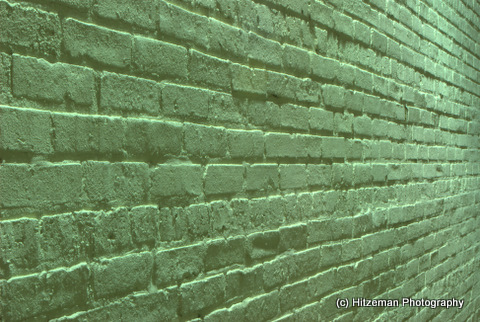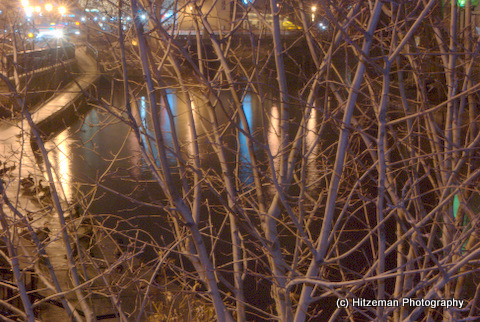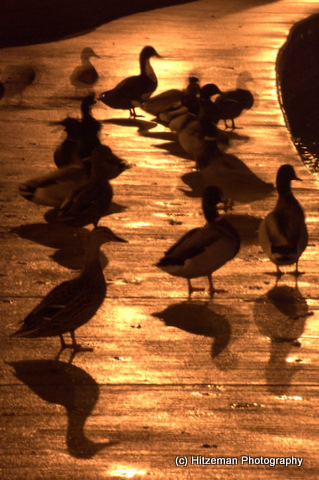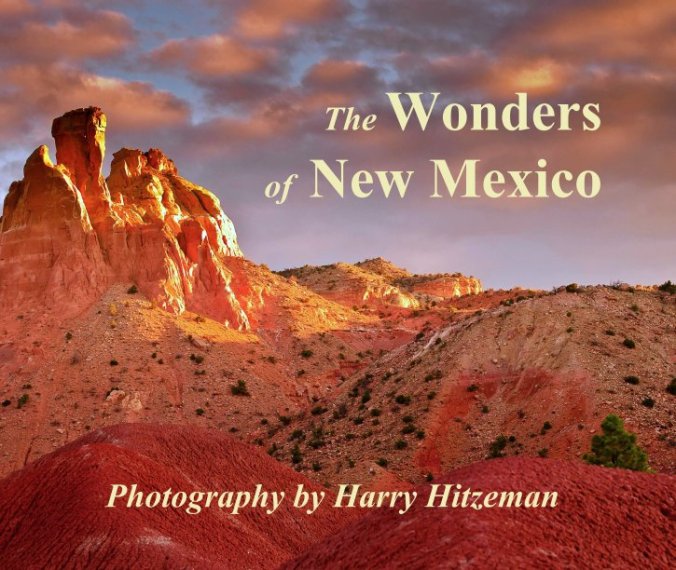Assignment: High Dynamic Range
“Photograph a scene that offers a high dynamic range, exploiting the fact that either the high values will be too white or the shadows too dark. Compose to work with areas of blackness or whiteness against which the mid-tones can shine. Don’t make any attempt to control high dynamic range with image manipulation.”
— from Digital Photography Masterclass by Tom Ang
Result
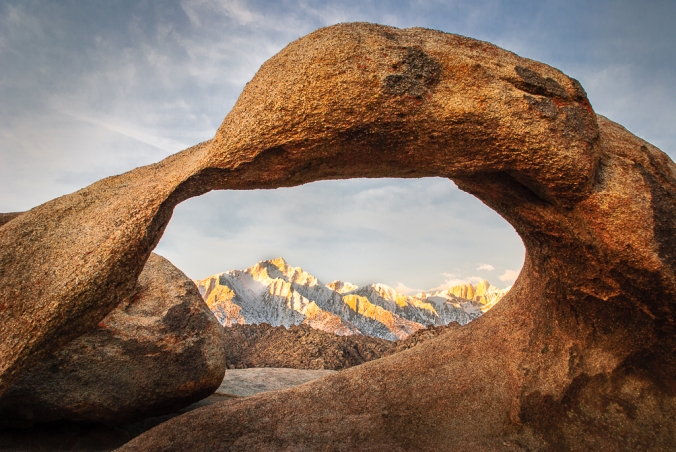
Sierra Nevada mountains through arch in the Alabama Hills in Owens Valley, near Lone Pine, California.

Before the Peak Moment
This is the straight out of camera, unedited image of the Sierra Nevada mountains looking west at sunrise, just as the first rays of direct sunlight are hitting the snow-capped peaks. Exposure at ISO 100, shutter speed 1/80s, aperture f/8 ensures that the highlights of the mountain whites are not over-exposed or blown out. When unedited, this image leaves some areas of the arch in almost total black darkness. Just 30 seconds later, the arch was bathed in the morning glow, showing more light and detail in the formerly dark arch. (View more images of the Sierra Nevada Mountains.)
Commentary / Learnings
This assignment from Tutorial 3 :: Mastering Your Camera :: Tonality and Contrast, was a challenge in that, as a fine art landscape photographer, I normally want to get the entire scene in detail, and avoid areas of total black or total white. These areas are called “blowouts” where there is zero data to work with during the editing process, leaving areas of the image or print either totally white or totally black . As part of the routine of capturing the image, I always adjust ISO and shutter speed and aperture to expose for the areas of important detail, and often compose the scene to exclude the sky from the frame because of its great brightness.
The learning here for me is that composing the scene and selecting camera settings affecting exposure are all choices, not necessarily absolutes. What to include or exclude in the composed frame and what exposure choices to use depend on the artist’s vision for the finished print. Yes, a scene can be “technically” exposed to “correctly” capture the most detail data from dark to light, or it can be exposed for an effect or mood the photographer as artist wants to convey, or to capture detail of the part of the scene of primary importance, and let other parts go to black or white.
My choice has been to capture the clearest image with the most detail possible with the equipment available, and later to make editing choices to create the print that I want to present as an artist.
Now, I am open to also allowing exposures with deep shadows and bright highlights if there’s an artistic reason.

